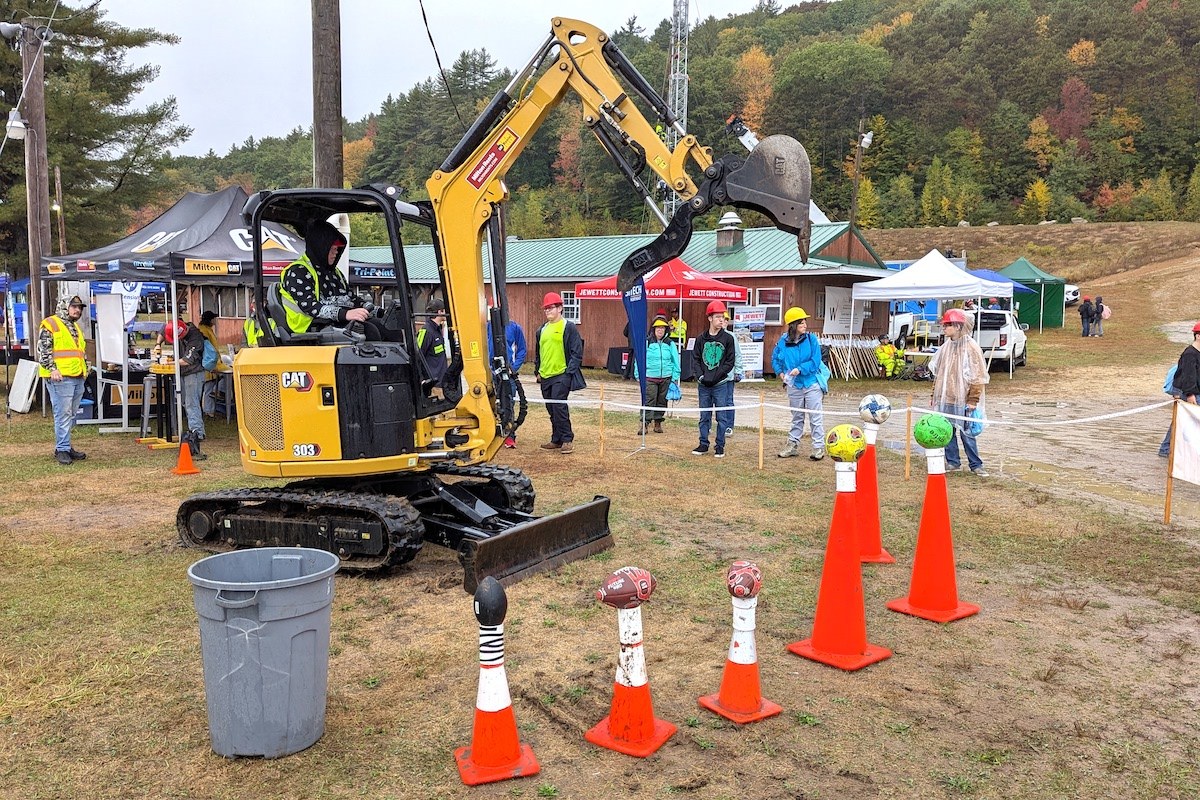But they should be just as concerned about a hazard they might need a microscope to see. It’s a living thing — a simple organism that’s always around us. We usually don’t even notice it until there’s a big stain on the wall or is shows up on that chunk of cheese you planned to eat. It’s mold, or more correctly, molds, because there are many different types.
Molds are a category of fungi that play important roles in our lives. While some molds make that chunk of cheese unpalatable, others make cheese possible. You can thank others for those fall leaves that disappear by spring. But when the wrong types of mold spores show up in the wrong places, they create potentially serious problems for workers and those who occupy structures.
Right now, more than 100,000 species of mold are quietly doing their work throughout the world. This article cannot possibly provide a detailed examination of each, so we’ll instead focus on practical strategies for avoiding mold’s development and how workers should remediate mold encountered on the jobsite.
It’s just about impossible to eliminate mold spores from the air, but you can make them unwelcome and unable to reproduce. Since molds thrive on moisture, minimizing water and humidity is usually the first and most effective step. Improving air circulation and exposure to light also reduces moisture.

| Your local Hyundai dealer |
|---|
| Equipment East |
A critical element of mold prevention is addressing moisture issues as quickly as possible. Any type of water leak, flooding, or condensation should be addressed and cleaned promptly, ideally within a day or two. In addition to cleaning wet areas, identify and repair the source of the moisture. Take steps to reduce the indoor relative humidity to 60 percent or less, and properly ventilate any devices that produce moisture.
That’s why you need a plan. Just handing a worker a mop and a scrub brush won’t lead to an effective resolution. In cases of widespread mold, you may need to bring in a specialized contractor with extensive experience in mold remediation.
You plan should detail the work that is to be performed, the equipment and chemicals the workers will use (including the appropriate Personal Protective Equipment), procedures for doing that work, how workers should dispose of contaminated materials, steps to be taken to prevent a recurrence, and how the area will be monitored.
Workers should wear the correct type of PPE, which may include rubber gloves, eye protection, and a respirator. Other protective gear such as rubber boots or hazmat suits may be needed depending upon the nature and extent of the contamination. The plan should also spell out how workers will be decontaminated at the end of work, if needed. You also need to know if any workers have a mold allergy, conditions such as asthma, or an impaired immune system, so their health may be protected.
Because molds are a form of fungus, you may be tempted to use a fungicide. However, most fungicides are intended for outdoor applications, and using them indoors can create a toxic situation.

| Your local Trimble Construction Division dealer |
|---|
| SITECH Northeast |
The specific methods for cleanup will vary based upon the nature and extent of the contamination. For example, wet vacuums can remove water from carpets and hard surfaces. Nonporous surfaces may be scrubbed with detergent and water or with a wet wipe. Once the remediation work has been completed and everything has dried, use a HEPA (high-efficiency particulate air) vacuum to remove any dust from the affected area, and then clean all surfaces with a damp cloth or detergent solution.
Re-inspect the area periodically to ensure that mold and odors have not returned. Some people recommend airborne testing, but that can be expensive and complicated. In addition, there are few clear standards on airborne mold. If you’re thinking about a regular testing program, consult with an industrial safety professional or industrial hygienist about whether it’s the right choice for you.
One simple step that can help you stay ahead of mold is to get better at managing the humidity in the affected areas. An inexpensive humidity gauge will let you know if the indoor humidity is getting too high. You can also add a humidistat to your HVAC system to automatically make adjustments when humidity levels rise above a specified level.


































































